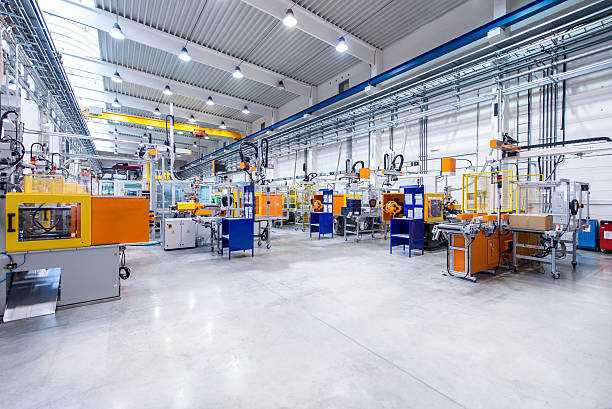In modern electronics and manufacturing industries, ESD powder coating plays a crucial role in protecting sensitive components from electrostatic discharge. ESD stands for Electrostatic Discharge, and ESD powder coating is a specialized dry coating applied to surfaces to prevent the buildup of static electricity that could damage electronic devices. Unlike standard powder coatings, ESD coatings incorporate conductive or dissipative materials that control the flow of static charges, providing both protection and durability.
ESD powder coatings typically consist of resin, conductive fillers, pigments, and additives. The resin forms a strong, adherent film on the surface of the substrate, while the conductive fillers—such as carbon black, conductive polymers, or metallic particles—allow static charges to dissipate safely. Pigments provide the desired color, and additives improve adhesion, chemical resistance, or mechanical properties. This combination results in a coating that not only protects against static but also provides long-lasting mechanical and environmental resistance.

The application of ESD powder coating is similar to standard electrostatic powder coating processes. The powder particles are electrically charged as they exit the spray gun, adhering uniformly to the grounded surface. Once coated, the part is cured in an oven where the powder melts and cross-links, forming a continuous, durable film. The difference lies in the formulation: ESD coatings are designed to maintain a specific surface resistivity, ensuring the part dissipates static charges at a controlled rate.
One of the primary benefits of ESD powder coating is its ability to protect electronic components during manufacturing, assembly, and transportation. In industries such as semiconductors, telecommunications, and printed circuit board assembly, even a small static discharge can cause permanent damage. By applying an ESD coating to work surfaces, enclosures, or housings, manufacturers can significantly reduce the risk of component failure.
ESD powder coatings are also valued for durability and environmental resistance. Unlike liquid coatings, which may wear or chip over time, properly cured powder coatings form a strong, abrasion-resistant surface. They can withstand chemical exposure, moisture, and temperature variations, making them suitable for harsh industrial environments. This ensures long-term protection without frequent maintenance or reapplication.
In addition to industrial electronics, ESD coatings are used in areas such as cleanrooms, laboratories, and medical device production, where controlling static is critical for both safety and product integrity. Equipment, shelving, workstations, and even hand tools can be coated to minimize the risk of electrostatic accumulation.
Manufacturers selecting ESD powder coatings must consider surface resistivity, thickness, curing parameters, and material compatibility. Correct application ensures the coating achieves its intended protective function while maintaining mechanical integrity. Advances in powder formulation are also enabling more aesthetic options, including colors, textures, and gloss levels, without compromising the ESD performance.
The growing demand for sensitive electronics, combined with stricter quality standards and workplace safety regulations, ensures that ESD powder coating remains a key technology. Innovations continue to improve conductivity control, adhesion, and environmental performance, making it an essential solution in modern manufacturing.


